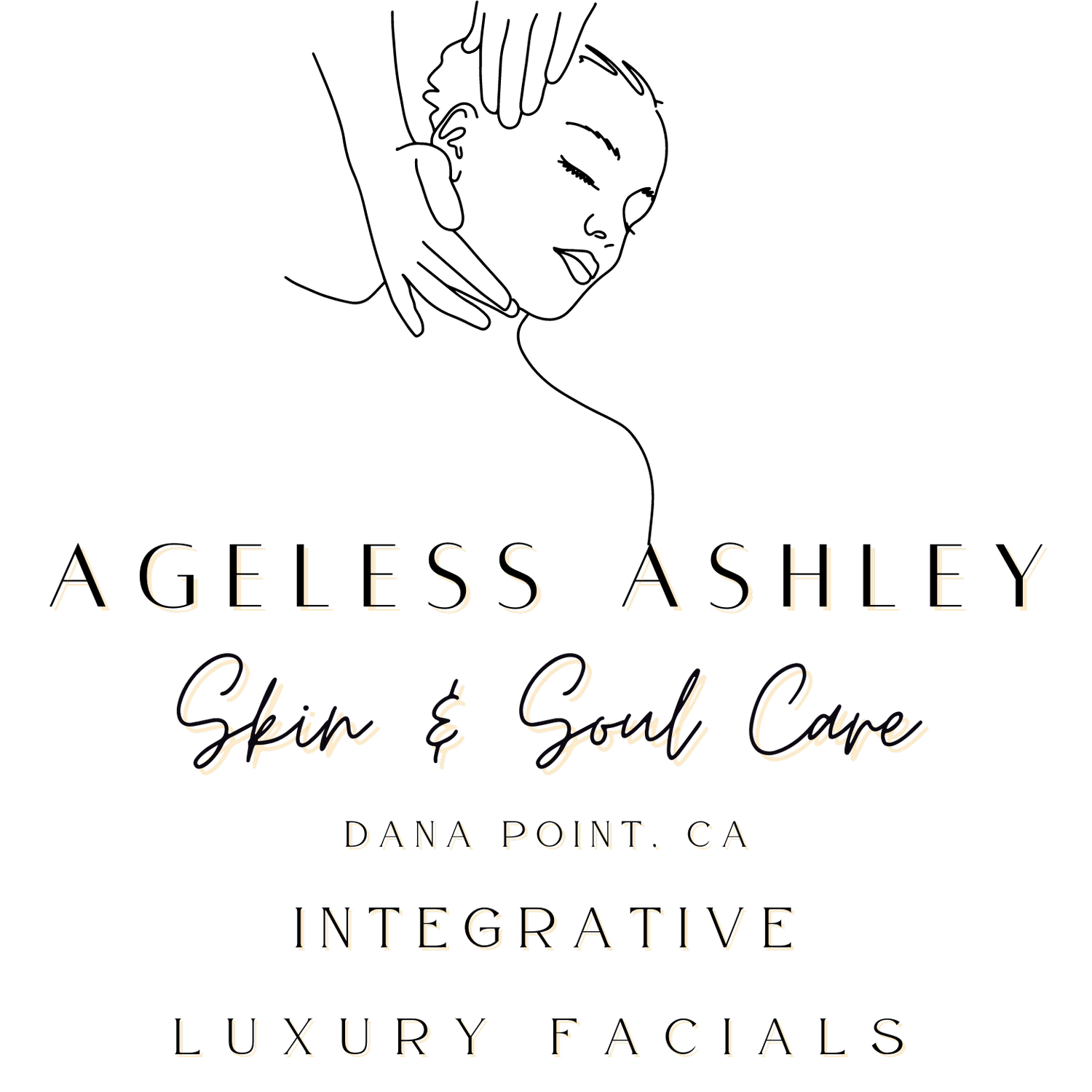As the warmer months approach, I am reminded by my clients (and the condition of their skin when they come in for a treatment) the importance of protection as we indulge in the sweet sunshine.
Assuming that you have been endlessly lectured about SPF throughout the duration of your life, I would like to spare that and share a few simple facts, tips and tricks I’ve learned throughout my career in regards to properly protecting the largest and most precious, delicate organ; your skin!
1.) If you have sensitive skin, even if you don’t, and are in the market for a new SPF - always opt for physical(mineral) properties. Zinc Oxide and Titanium Dioxide are the two mineral properties should be listed first in the ingredients on your label. Once applied, these properties become immediately effective and deflect the rays rather than absorb them. Chemical properties, Oxybenzone being the worst, penetrate the skin and act as a sponge to absorb the harmless rays (causing break-outs) along with being hormonally disruptive, they can take up to 20 minutes after applied to be effective, and can sometimes contain cancer - causing free radicals (errr, isn’t that what we’re trying to avoid here?).
2.) You absolutely need a separate layer of sunscreen. The SPF claimed to be present in your moisturizer and/ or make-up is not enough, because it is diluted. For example - if the label says SPF 30, it is usually diluted down to an SPF of 10-15, etc. and the properties have a likeliness to be compromised by other ingredients. SPF should always be applied after moisturizer. It can also be applied before AND after make-up.
3.) Re-apply, re-apply, re-apply! I cannot stress this enough. Every 2-3 hours. 4 hours is too long. Grab a few travel-sized containers, fill them up and place them in your purse, the glove compartment in your car, your office (apply before going out to lunch), and your backpack. Be sure not to store in extreme temperatures and replace every 5-6 months.
4.) Your safest bet against the sun is to wear naturally sun-resistant clothing (hold it up to the sun to see how much light gets through), hats, and sunglasses, in combination with a sunscreen that offers UVA and UVB protection. Bring an umbrella to the beach / park and find shade during peak hours.
5.) “I’m just going to the office today.”, “I’m only going home after this.”, “I’ll be in the car driving most of the day and my car has tinted windows.”, “It’s almost dark and I’m going straight home.”, “Sunscreen makes me break out.”; these are a few cleverly concocted excuses against SPF I have heard over the years and before applying sunscreen to my clients after treatment. Rays cannot be avoided, my friends! They sneak into your offices (sometimes the UV lights / lamps in your offices can even be harmful!), your houses, your cars, and sometimes the strongest rays emit just before sunset! The most common complaint is that SPF causes break out, which most CHEMICAL properties tend to do. Try to find a physical sunscreen that works for you, and don’t stop trying until you do.
6.) SPF diet? Did you know that what you eat can also help shield your skin from the sun’s harmful rays? Adding these healthy foods to your diet may help lessen your chances of burning and developing skin cancer.
•Tomatoes, Watermelon and Berries - antioxidant lycopene reduces your skin’s sensitivity to sunburn. Lycopene also increases with cooking. Tomato paste has much more lycopene than fresh tomatoes.
•Spinach - vitamins in raw spinach give you effective natural sun protection along with slowing your skin’s aging process. Those antioxidants that are loaded in dark greens disperse in your body and destroy free radicals from the sun. Try lightly cooking spinach to maximize the absorption of antioxidant vitamin E and phyto-antioxidants like beta-carotene.
•Sweet Potatoes & Carrots - beta-carotene is a carotenoid that protects skin from sunburn by increasing the strength in pigment. Sweet potatoes are also full of vitamin C, which adds to their effectiveness as an antioxidant. The darker the color of a sweet potato, the higher in concentration it is with beta-carotene.
•Salmon, Trout, Herring and Mackerel - Omega-3’s raise skin’s natural protection while reducing inflammation in the case of too much sun. Overall, omega-3 fatty acids found in fish lower your risk of melanoma, the deadliest form of skin cancer.
•Green Tea, Black Tea and Coffee - antioxidants called poly-phenols which can offer skin protection by working from the inside, out. Research shows that drinking two or more cups of black or green tea a day may decrease the risk of squamous cell carcinoma by 30 percent. Green tea is known to be the more powerful of the two, because it fights damaging rays from the sun to prevent pre-cancerous skin lesions. And for you coffee drinkers—drinking two to five cups a day is said to lower your risk for non-melanomas by up to 17 percent.
•Dark Chocolate derived from real Cocoa - Flavanol protects your skin from burning, this strong antioxidant can reduce reddening after UV exposure and make skin more moist and less scaly. Consuming two ounces of dark chocolate each day is a healthy way to obtain its benefits. Studies have shown that cocoa can make skin up to 25 percent less sun sensitive.
